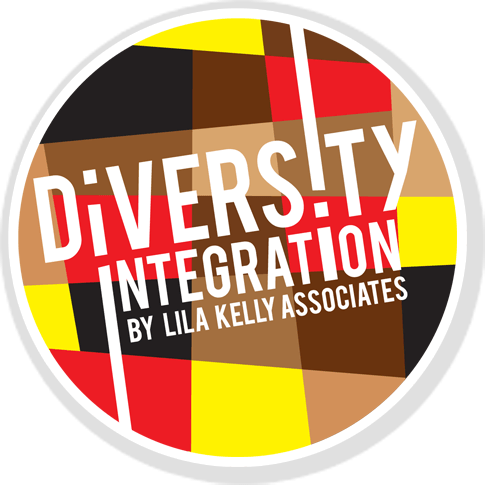
With the evolving workforce, organizations are asking how they can adapt to and accommodate an increasingly diverse applicant pool. With 81% of respondents saying that they would consider leaving their job if their employer exhibited a lack of commitment to DEI in the workplace (GoodHire survey 7/2022), it is important for organizations to ensure their hiring teams are culturally competent and effective in identifying and hiring qualified applicants of all backgrounds and appearances.
Five mistakes employers should avoid while attempting to hire a more diverse workforce are:
- Asking applicants interview questions that lack cultural sensitivity. For example, asking a line of questioning that has nothing to do with the applicant’s qualifications for the job, as demonstrated in the following example of a video clip in the online training course, Potentially Sensitive Interview Situations and How to Handle Them.
Karl, an African American Unit Director, shared this related experience:
2. Letting unconscious bias influence our assumptions about an applicant’s skill set. This can be everything from assuming that a person with a disability or an Asian-American applicant would not be assertive enough for a sales job to assuming that your co-worker’s likable son is the best-qualified candidate for a job.
3. Hiring an applicant based on their diversity rather than qualifications. This could be hiring a person of color to gain a more diverse workforce or someone because they are a family member or friend. Either way, you may not be hiring the most qualified candidate. Interviews should be focused on the applicant’s skills, knowledge, and abilities for the job.
4. Failing to hold interviewers accountable for biased comments that cause a qualified diverse applicant to be rejected. This could be, for example, an interviewer stating that an applicant is not a fit for a job working with little children just because she is older, and the statement not being questioned by others on the hiring team. Someone on the interview team should ask what age has to do with the applicant’s qualifications for the job.
5. Overselling the position. This might involve sharing only positive information about the position and organization during an interview. Trying too hard to make an applicant feel comfortable and accept your job offer may backfire, especially if they have done their research on your organization or find out differently once they are in the job. Most applicants would like an idea up front what the work environment is like for diverse employees.
Interviewers and hiring managers can learn to avoid these mistakes by hearing from job applicants of diverse backgrounds who have experienced unconscious bias during the hiring process. In the Integrating Diversity & Inclusion into the Hiring Process online training courses and book, based on Lila Kelly’s research, diverse applicants provide insights into what works and what does not work for creating a more inclusive and equitable hiring process. This training for all staff involved in the interviewing and hiring process is critical to hiring and retaining a diverse workforce.
This article includes excerpts from Lila Kelly’s research-based online training courses at diversityintegration.com, which offer training for interviewers and hiring managers on interview skills, cultural competencies, and methods to identify unconscious bias and eliminate barriers for diverse applicants. To stay up to date on all the latest from Lila Kelly Associates LLC & DiversityIntegration.com subscribe to our newsletter.
Copyright © 2023 Lila Kelly Associates LLC. Not to be reprinted without written permission from Lila Kelly. Integrating Diversity into Hiring, Interviewing, Recruiting and Retention – Since 1992.
